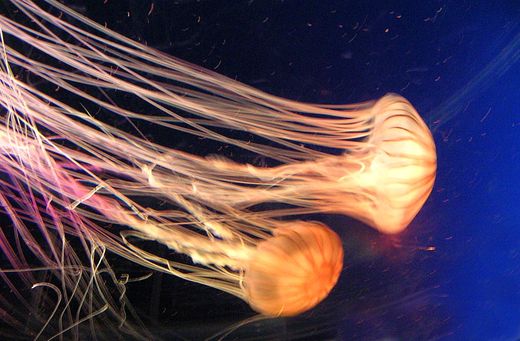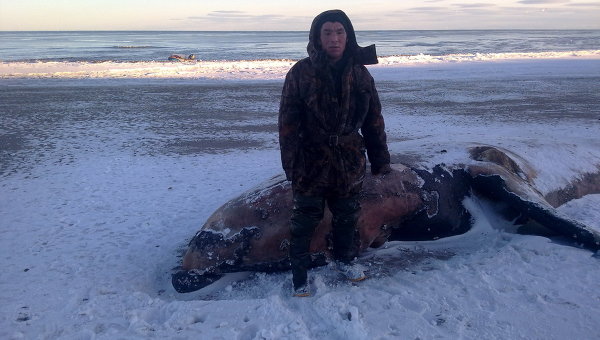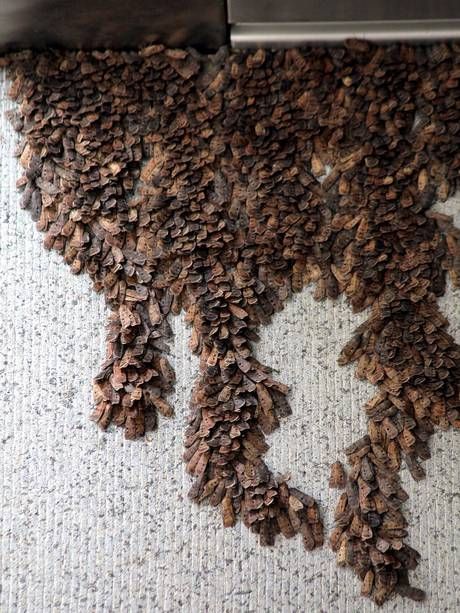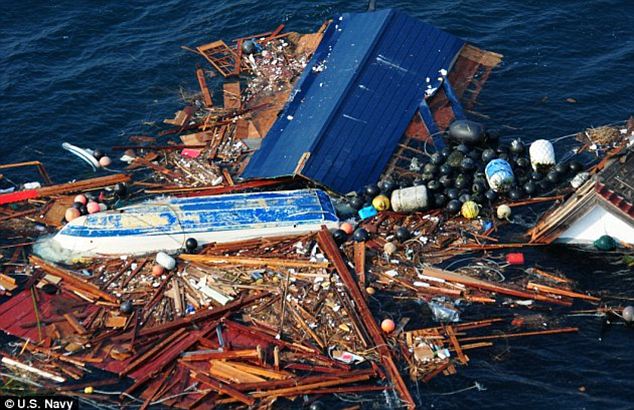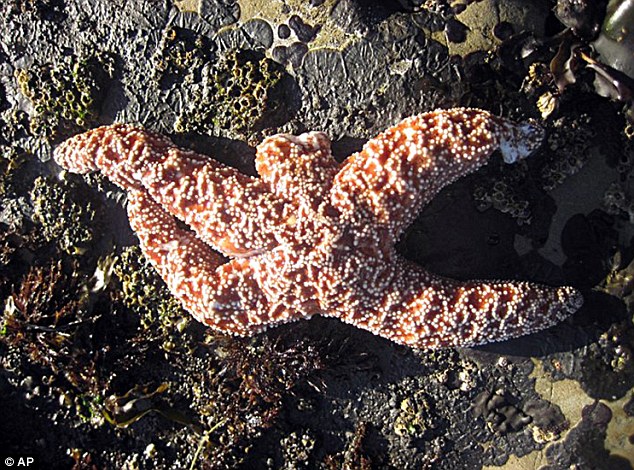- Kenneth Price was gored by a deer last Wednesday
- Air ambulance crew carried out emergency surgery at the scene
- He was flown to hospital in Swansea where he received more surgery
- Mr Price passed away yesterday leaving his wife Doreen, 73
Kenneth Price, 75, was left with serious injuries after the animal gored him with its antlers.
Paramedics operated at the scene before he was airlifted to hospital. Despite further surgery, Mr Price died five days later.

His widow Doreen, 73, was yesterday being comforted by friends and relatives.
Mr Price was a leading sheep judge who was a regular at the Royal Welsh Show. David Pittendreigh, regional chairman of the National Sheep Association, said: 'Kenneth was a super, super man. It's a real tragedy.
